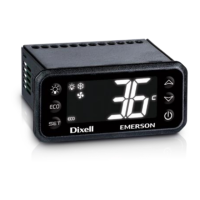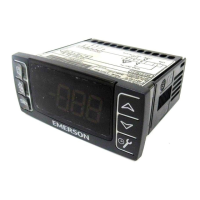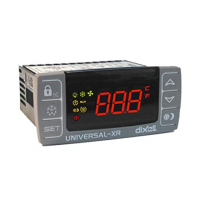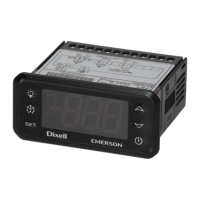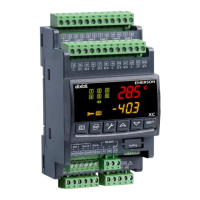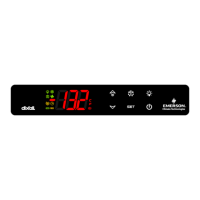User Manual Appendix D
GFK-1742F Jan 2020
Tuning Digital and Analog Servo Systems 421
7.
The CFG OK LED must be ON or the DSM314 will not respond to host controller
commands. If the LED is OFF then a valid DSM314 configuration has not been
received from the host controller, or there may be a recognized configuration error.
Check the %AI error code words for Dxxx errors, which are documented in the
“System Error Codes” section of Appendix A. Also check the PLC fault tables for
reported configuration errors.
D-1.2 Tuning a Digital Servo Drive
The following pages provide you with an introduction to the basics required for tuning a
Digital servo drive. This introduction shows one method for tuning a servo drive. The
method will not work in all applications, and you should modify the approach based on the
application. In order to display and measure the necessary signal waveforms, the DSM314
analog outputs must be connected to an oscilloscope. Without an oscilloscope to measure
the signals, tuning the servo drive with the following approach will not be possible. The
Select Analog Output Mode %AQ command (47h) is used to select the data that is sent to
the analog outputs during servo tuning. Refer to Chapter 5 for a discussion of this %AQ
command.
Tuning Requirements
The module has three main parameters that are adjusted during tuning. The parameters are
the Position Loop Time Constant, Velocity Feed Forward Gain, and Velocity Loop Gain. The
Position Loop Integrator Time Constant gives the position loop an additional degree of
freedom but in typical applications is not required.
The approach to tuning the control loops is to tune the inner control loops first. In this
example, the inner control loop that requires tuning is the velocity loop. As shown in the
figure below, the position loop is the outer loop and sends velocity commands to the
velocity loop.
Figure 192: Control Loops Block Diagram

